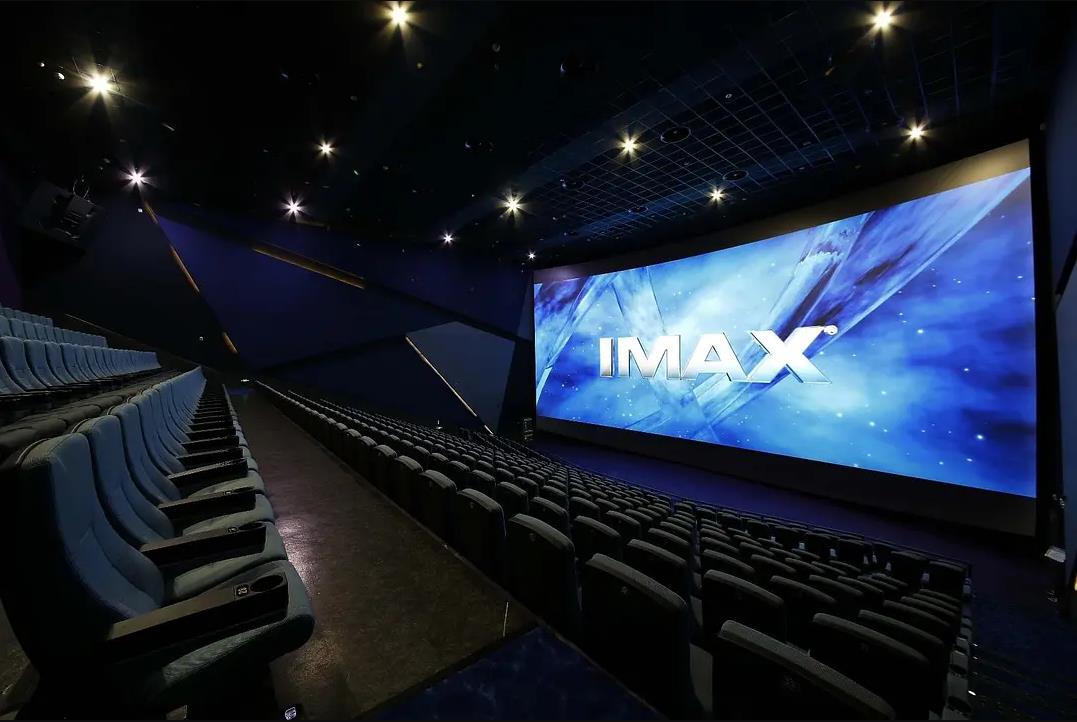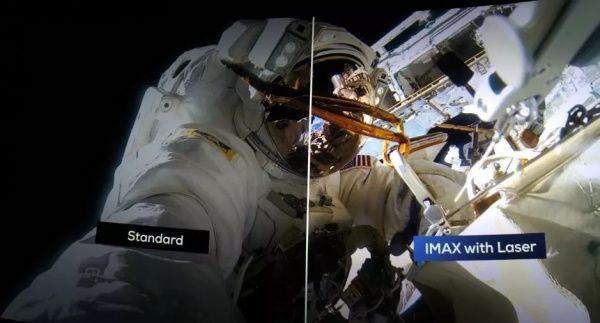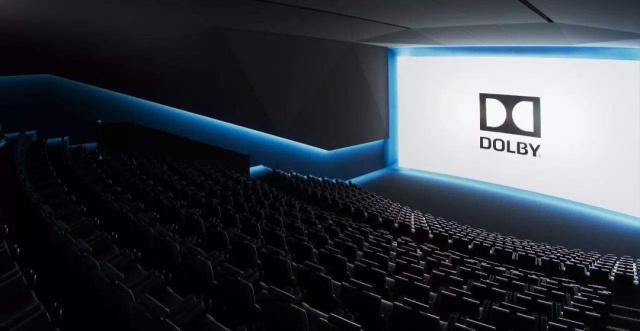IMAX
Not all IMAX are “IMAX LASER”, IMAX Digital VS Laser

IMAX has its own process from filming to screening, which guarantees the highest degree of viewing quality. IMAX has a new technology, larger screens, higher sound levels, and more color options.
“Standard IMAX” essentially is the digital projection system introduced in 2008, yes, IMAX with Laser is a lot better. There’s more debate over which is better between traditional IMAX film prints and IMAX with Laser, but the film prints are essentially a dead format so it hardly matters.
“Standard” digital IMAX uses 2K projection (2048×1080 pixels) and xenon lamps. IMAX with laser is 4K (4096×2160) and user a laser light source that allows for more contrast (a brighter image with darker shadows) and deeper colors.

Also, the laser projectors can fill the largest, old school, full-height IMAX screens that were originally built for the film projectors, while the standard digital projectors cannot. That bit’s not quite as important for most people since the vast majority of IMAX installations in multiplexes are the smaller kind that were made for the digital projectors anyway, and very few films ever use the full-height IMAX format anymore.
DOLBY CINEMA
Not all “DOLBY” are “DOLBY CINEMA”

Dolby Cinema= Dolby Atmos + Dolby Vision + Dolby 3D + Other overall optimization design of the cinema (including but not limited to seats, walls, ceilings, viewing angles, etc.).
Dolby Atmos breaks through the traditional concept of 5.1 and 7.1 sound channels. It combines the content of the film to present dynamic sound effects, creating more realistic sound effects from far and near. With the addition of speakers on the roof, the sound field is surrounded, and more sound details are displayed to enhance the experience of the audience
Dolby Vision has a very powerful image quality technology that improves image quality by increasing brightness and expanding dynamic range, making images more lifelike in terms of brightness, color, and contrast.
Technically speaking, Dolby Vision is an HDR technology that provides a contrast ratio of 0.007 nits at the darkest and up to 4000 nits at the brightest, and supports a larger color gamut to provide brighter colors and more high quality picture.
In the year 2010 Hopesun built its line to produce 3D lens blanks for the color separation passive 3D glasses that are being used for Dolby and IMAX 3D cinemas. The lenses are durable, scratch resistant and have high transmittance. Over 5 millions of 3D lens blanks have been shipped for Dolby 3D Glasses and Infitec 3D Glasses over the past 10 years.
Post time: Jul-28-2022

